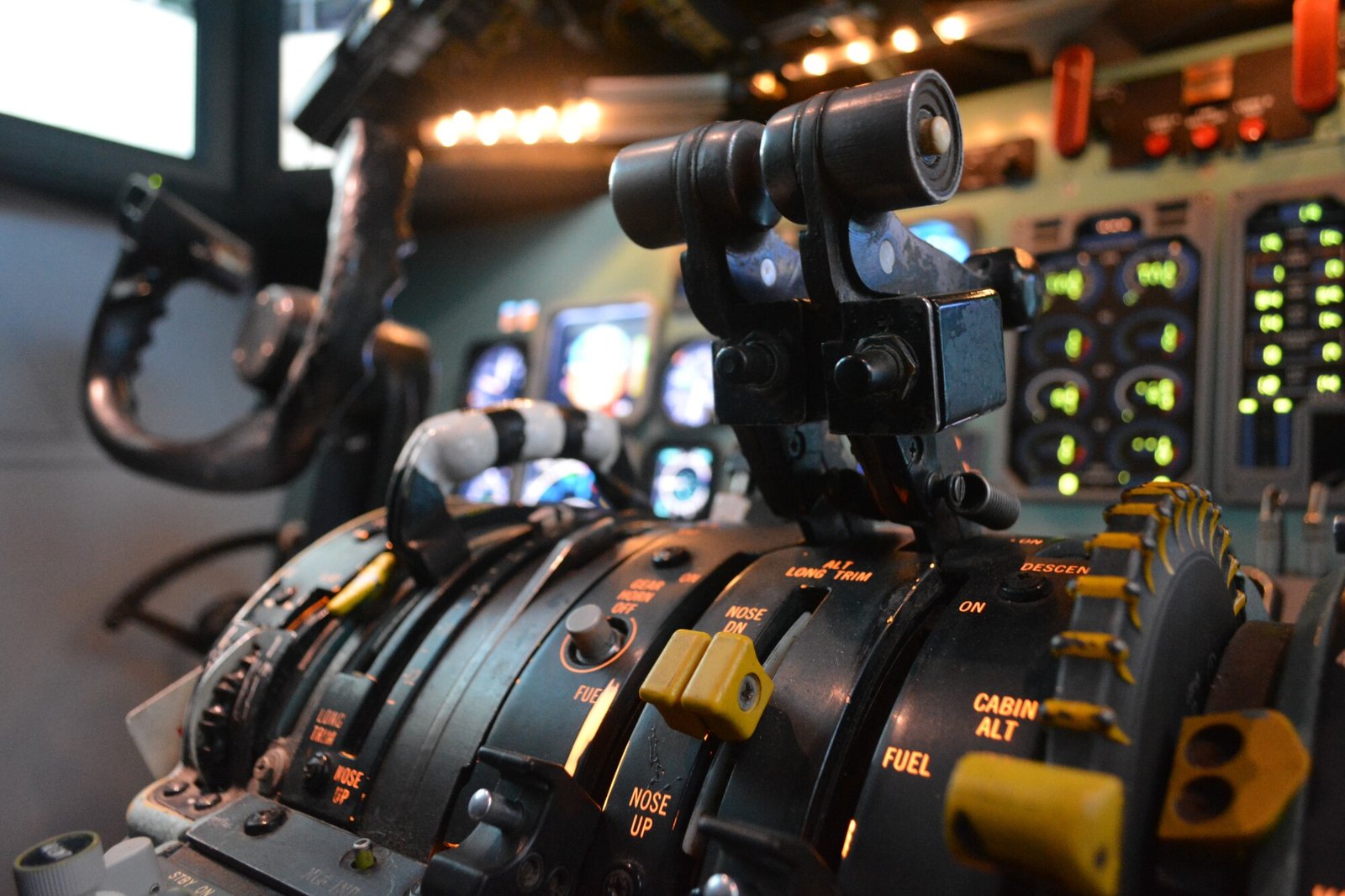
How to Implement a Flight Training Program
Pilot schools play a vital role in training aspiring pilots to safely operate an aircraft.
A flight training program is an essential component of any pilot school. It provides the necessary knowledge and skills to become a proficient pilot. Implementing a flight training program requires careful planning.
Whether you’re starting a flight school or expanding an existing training program, there are several key steps to consider. This article will provide a step-by-step guide on how to implement a flight training program.
Determine the Training Goals
The first step in implementing a flight training program is to determine the training goals. These goals will guide the program’s design and ensure that it meets the needs of the pilots. The training goals should be specific, measurable, achievable, relevant, and time-bound (SMART).
The training goals should include the following:
- The type of pilots (private, commercial, or airline transport)
- The level of proficiency (basic, intermediate, or advanced)
- The type of aircraft (single-engine or multi-engine)
- Program duration
- The expected number of flight hours
Once you have determined the training goals, you can start designing the program.
Design the Program
The design of the flight training program should be based on the training goals. The program should cover all the necessary topics. The training should be structured in a way that maximizes the pilots’ learning experience.
The following are some of the elements that should be included in the program:
Ground School
Ground school is an essential component of flight training. It covers the theoretical knowledge required for flying. The ground school should cover topics such as:
- Aerodynamics
- Navigation
- Meteorology
- Aviation regulations
- Aircraft systems
Flight Simulator Training
Simulators, like GNSS simulators, provide pilots with realistic flight experiences in a safe and controlled environment. Simulator training is included in the program to help pilots develop their skills in different situations.
Flight Training
The flight training should include both dual and solo flights. The dual flights allow the pilots to learn from an experienced instructor, while the solo flights enable them to practice on their own.
Cross-Country Flights
Cross-country flights are an essential part of flight training. They allow the pilots to apply the knowledge and skills learned in ground school and simulator training in a real-world scenario.
Emergency Procedures
Emergency procedures are an essential component of flight training. Pilots should be trained to handle emergency situations such as:
- Engine failure
- System malfunctions
- Weather-related emergencies
Human Factors
Human factors are an essential aspect of flight training. Pilots should be trained to understand the psychological and physiological factors that affect human performance and decision-making.
Select the Training Aircraft
The selection of the training aircraft is critical to the success of the flight training program. The aircraft should be safe, reliable, and suitable for the type of training being offered. The following factors should be considered when selecting the training aircraft:
Safety
The aircraft should meet the safety standards set by the aviation regulatory bodies. It should have a good safety record and be well-maintained.
Performance
The aircraft’s performance should be suitable for the type of training being offered. It should have a good climb rate, cruise speed, and handling characteristics.
Cost
The cost of the aircraft should be within the budget of the flight training program. The cost of maintenance, fuel, and insurance should also be considered.
Availability
The aircraft should be readily available for training. The availability of spare parts and maintenance facilities should also be considered.
Hire Qualified Instructors
The instructors are critical to the success of the flight training program. The instructors should be experienced, qualified, and passionate about teaching. They should have the certifications and endorsements to train pilots for the different types of training.
In addition to their qualifications, instructors should possess excellent communication skills and patience. They must be able to adapt their teaching methods to suit individual learning styles. They should create a positive learning environment that fosters confidence and skill development.
When hiring instructors, consider conducting thorough interviews and assessments to ensure their competence. You must also check the following:
- Flight experience
- Instructional experience
- Additional certifications and endorsements
It may also be beneficial to ask for references or conduct a background check to verify their credentials.
Establish a Training Schedule
To ensure the smooth operation of the flight training program, it is important to establish a training schedule. The schedule should take into account the availability of instructors, aircraft, and facilities. It should be well-planned, organized, and communicated to all participants.
When creating the schedule, consider factors such as:
- Weather conditions
- Aircraft maintenance requirements
- Instructor availability
Develop Training Materials
Developing comprehensive training materials is essential for effective flight training. These materials should support the following:
- Ground school lessons
- Simulator sessions
- Flight training exercises
Consider using a variety of resources to cater to different learning styles such as:
- Textbooks
- Handouts
- Presentations
- Videos
- Online modules
Ensure that the training materials are up to date, accurate, and aligned with aviation regulations and best practices. Regularly review and update the materials to reflect any changes in the following:
- Procedures
- Regulations
- Technology
Monitor Progress and Provide Feedback
Continuous monitoring of pilots’ progress throughout the training program is vital. To gauge their development and identify areas for improvement, use tools such as:
- Progress exams
- Practical assessments
- Flight evaluations
Regular feedback sessions should be conducted to provide constructive criticism and guidance.
Encourage an open line of communication between instructors and pilots. This will allow them to discuss challenges, ask questions, and seek clarification. Providing a supportive learning environment will help pilots feel motivated in their training.
Evaluate and Improve the Program
Evaluation and continuous improvement are key components of a successful flight training program. Collect feedback from instructors and pilots to assess the effectiveness of the program. Analyze training data to identify areas that may need adjustment or enhancement.
Consider conducting periodic program reviews. Incorporate feedback from stakeholders to make informed decisions regarding the following:
- Curriculum updates
- Instructor training
- Resource allocation
Ensure the program remains aligned with industry standards. It must remain relevant by staying updated with the following:
- Industry trends
- Technological advancements
- Regulatory changes
Implementing a Flight Training Program
Planning and implementing a flight training program requires consideration of all necessary elements. A holistic approach is essential for providing a quality product. Follow these steps to get your flight training program up and running.
Act now to get your program off the ground.
For more helpful articles, check out the rest of our website.












